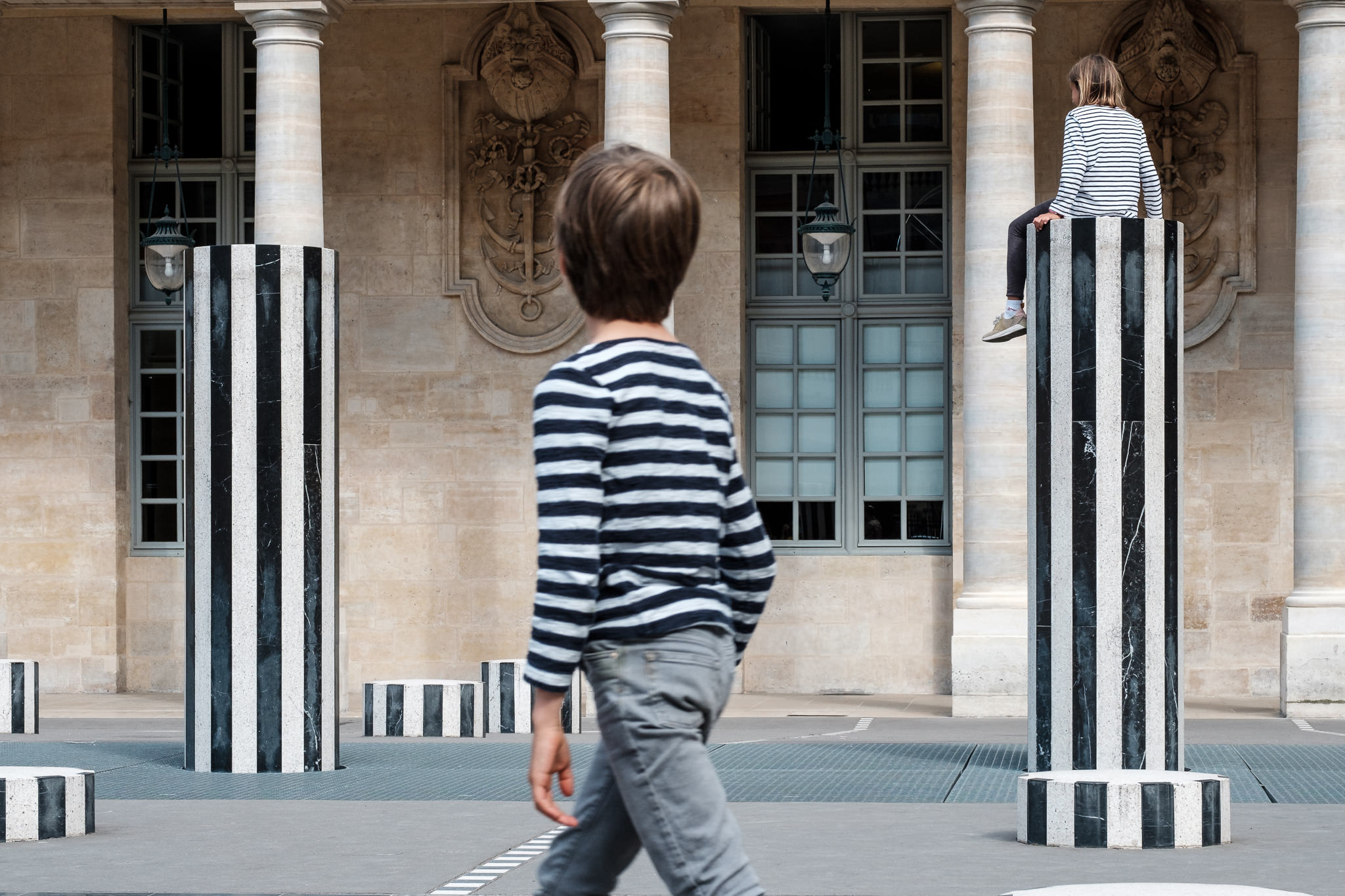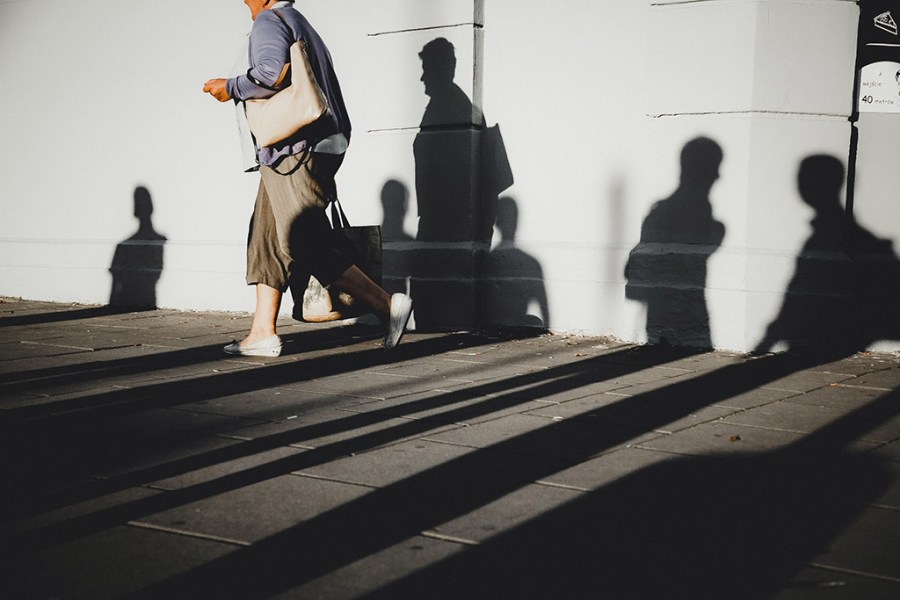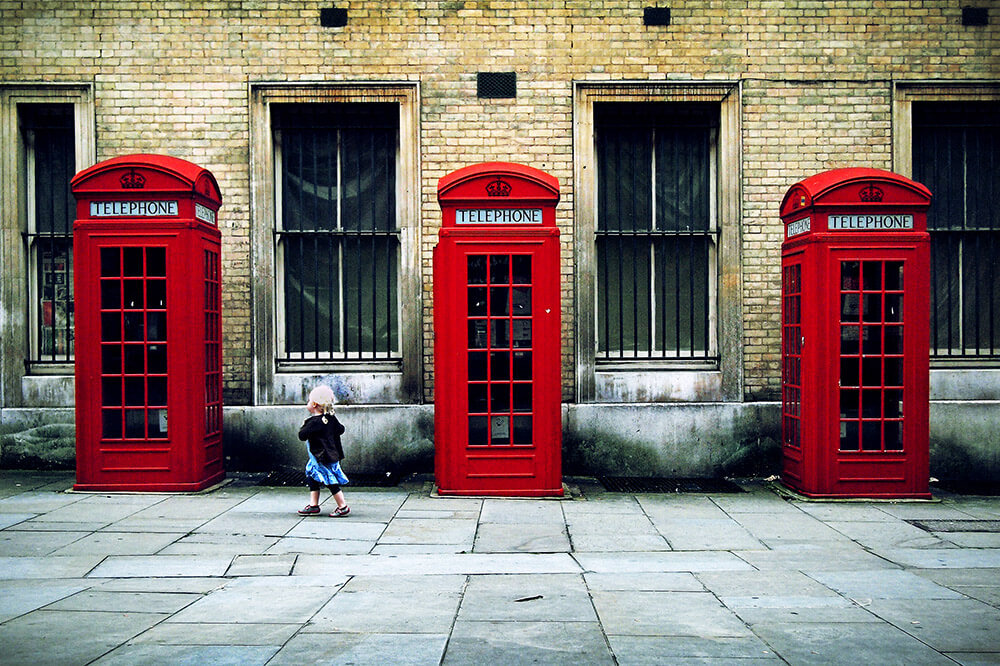All about Street Photographers
All about Street Photographers
Blog Article
Getting The Street Photographers To Work
Table of ContentsThe Basic Principles Of Street Photographers Little Known Facts About Street Photographers.The 10-Second Trick For Street PhotographersThe smart Trick of Street Photographers That Nobody is DiscussingStreet Photographers Things To Know Before You Buy
, a genre of photography that records day-to-day life in a public location. The very publicness of the setup makes it possible for the professional photographer to take honest photos of complete strangers, frequently without their understanding. Street professional photographers do not always have a social objective in mind, however they choose to isolate and record moments which could or else go undetected.He was influenced by several of those who affected the street photographers of the 1950s and '60s, he was not primarily interested in catching the spirit of the road. The impulse to visually record people in public began with 19th-century painters such as Edgar Degas, douard Manet, and Henri de Toulouse-Lautrec, that functioned side by side with digital photographers attempting to record the significance of urban life.
Since of the fairly primitive technology readily available to him and the long direct exposure time called for, he battled to catch the hustle and bustle of the Paris roads. He explore a series of photographic techniques, trying to discover one that would permit him to capture motion without a blur, and he discovered some success with the calotype, patented in 1841 by William Henry Fox Talbot. While the professional photographers' topic was basically the exact same, the outcomes were markedly different, demonstrating the effect of the photographer's intent on the personality of the photos he generated.
See This Report about Street Photographers
Offered the great top quality of his photos and the breadth of material, engineers and musicians usually bought Atget's prints to use as referral for their own work, though commercial rate of interests were rarely his main motivation. Instead, he was driven to photo every last residue of the Paris he loved. The mingled passion and necessity of his mission sparkle through, leading to photos that tell his very own experience of the city, top qualities that anticipated road photography of the 20th century.

Unlike his peers, Brassa utilized a larger-format Voigtlnder camera with a much longer exposure time, requiring him to be much more calculated and thoughtful in his method than he could have been if utilizing a Leica.

Examine This Report on Street Photographers
It is due to this fundamental understanding of the art of image taking that he is usually attributed with uncovering the medium all over once again about a century since its creation. He took pictures for greater than a half century and affected generations of digital photographers to trust their eye and intuition in the minute.
These are the concerns I will try to answer: And afterwards I'll leave you with my own meaning of road digital photography. Yes, we do. Allow's kick off with specifying what a definition is: According to it is: "The act of specifying, or of making something definite, unique, or clear".
No, certainly not. The term is both restricting and misguiding. Seems like a road photography need to be photos of see this page a streets best?! And all road photographers, with the exception of a handful of outright newbies, will fully value that a road is not the key element to road digital photography, and actually if it's an image of a road with perhaps a few dull people not doing anything of interest, that's not road photography that's a picture of a street.
Unknown Facts About Street Photographers
He makes a legitimate factor don't you believe? Nevertheless, while I agree with him I'm unsure "candid public digital photography" More Bonuses will certainly capture on (although I do type of like the term "candid photography") because "street photography" has been around for a very long time, with numerous masters' names attached to it, so I think the term is right here to remain.
You can fire at the coastline, at an event, in a street, in a park, in a piazza, in a cafe, at a gallery or art gallery, in a metro terminal, at an occasion, on a site here bridge, under a bridge ...
All about Street Photographers
Yes, I'm afraid we scared no choice! Without regulations we can not have a definition, and without an interpretation we don't have a category, and without a category we don't have anything to define what we do, and so we are stuck in a "rules meaning category" loop! - Street Photographers

Report this page